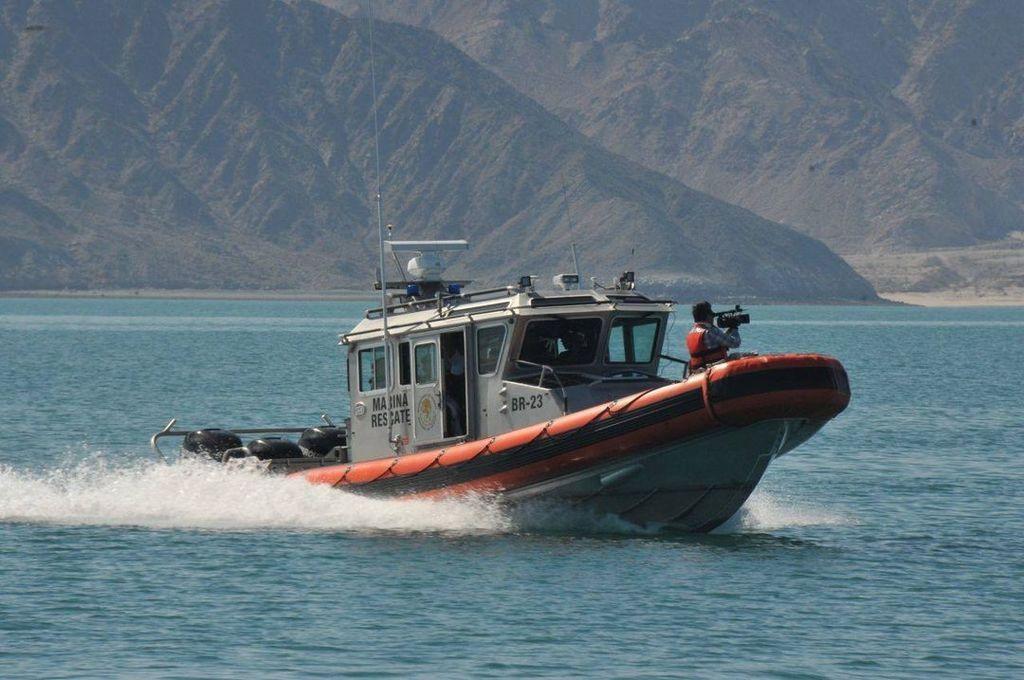Inspection and surveillance actions are essential so that illegal, unreported and unregulated fishing does not increase, as some fishermen have already reported [1] through various platforms. In the same way, it is a priority for Conapesca to provide transparent information on resources and actions in the area of inspection and surveillance during the contingency.
There are many stories of fishermen who have stopped going out to our seas because international and national distribution channels are blocked. Some state governments have granted permits for self-consumption to inhabitants of coastal areas [2]. The closed periods of several fisheries have been modified to extend catch periods. Also, during this health emergency and despite the extension of the fishing embargo against Mexico due to the lack of an effective strategy to curb the death of the vaquita marina, illegal fishing continues to take place in the Upper Gulf of California. [3]
Actions to combat illegal fishing during and after this crisis are essential so that when fish product markets reactivate, there will be greater profits for fishermen. Because, if fishing decreases during the pandemic and illegal fishing can be controlled, there will be a recovery in fish stocks, leading to a reduction in fishing costs since more abundant stocks with a better size will be found with less effort. [4]
In this sense, it is essential that Conapesca redouble its efforts in terms of inspection and surveillance, and that it implement new strategies that respond adequately to the context of both the pandemic and the embargo against Mexico, in addition to generating accountability mechanisms that are transparent and timely for the activities carried out.
[1] For example, complaints about illegal shrimp fishing in Sinaloa https://www.elsoldemazatlan.com.mx/local/sin-freno-la-pesca-ilegal-en-el-sur-de-sinaloa-5258010.html, shark complaints in Campeche https://tribunacampeche.com/local/2020/05/22/denuncian-venta-de-cazon-fresco-en-playa/ or the use of chinchorro in Cabo Pulmo (an unregulated art in the area) https://www.diarioelindependiente.mx/2020/05/continua-la-pesca-ilegal-en-inmediaciones-de-cabo-pulmo
[2] In Quintana Roo, the “Solidarity Fishing” program: https://gobiernodesolidaridad.gob.mx/brindan-permisos-de-pesca-temporales-en-favor-de-las-familias-solidarenses-laura-beristain
[3] For example, illegal fishing for Totoaba continues https://www.excelsior.com.mx/nacional/a-pesar-de-embargo-y-covid-19-continua-pesca-ilegal-de-totoaba/1375111
Suspension of marine conservation group surveillance activities in the Upper Gulf https://www.animalpolitico.com/2020/04/covid-19-cientificos-suspender-vigilancia-vaquitas-marinas/
[4] Setting the Right Safety Net: Aframework for Fisheries Support Policies in Response to Covid-19 available at https://our.fish/wp-content/uploads/2020/04/Covid-19-Blue-recovery-paper_FINAL.pdf



Comentarios (0)